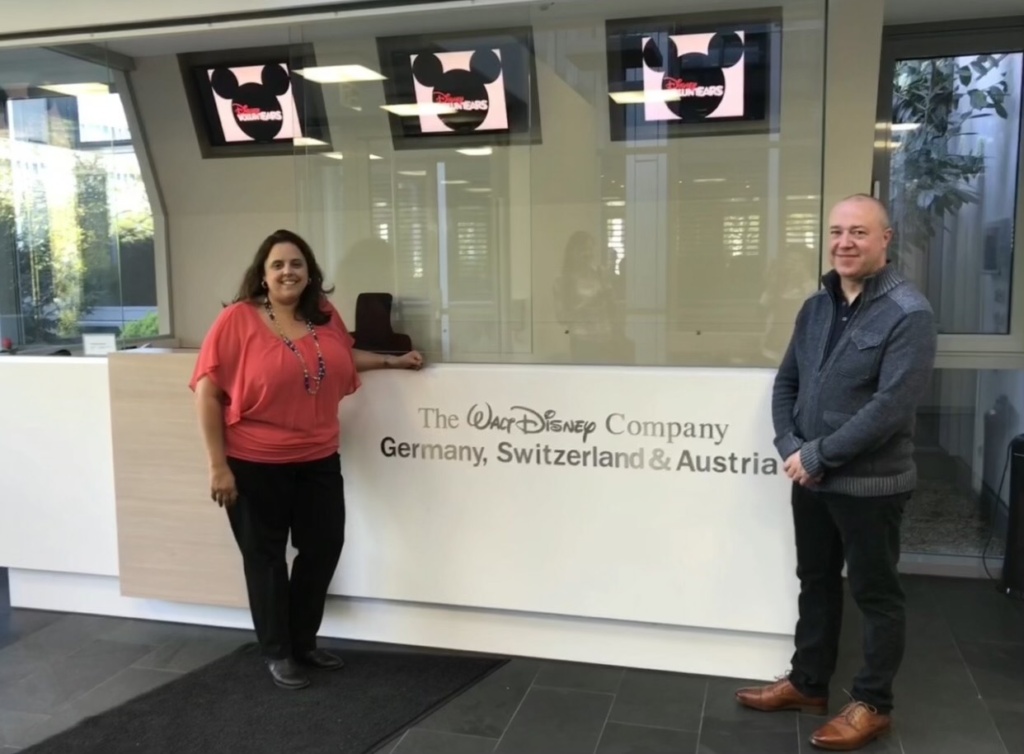overcoming short attention spans in foresight integration
Having worked in corporate America for 15 years before joining the foresight, innovation , and strategic design firm Kedge and co-founding The Futures School, I know firsthand the challenges of integrating futures thinking in all types of organizations. For-profit entities like The Walt Disney Company (where I was charged with spearheading the first division in the company’s history focused on the future) are built with a bias toward short termism, but they are hardly unique. Public institutions struggle to overcome election cycle fatigue, and non-profits are often so concerned about survival that thinking beyond the next fundraising cycle seems like dangerous daydreaming. Seemingly all of our current systems and structures, along with our leaders feed off of the constant adrenaline rush of urgency, followed by the serotonin boost of successfully putting out today’s fires.

Whether driven by lightening-fast product life cycles, legally-required quarterly reports, or over-stimulated brains, if you don’t offer a “quick win” then the chances are that no one will give you the time of day. To put it mildly, today’s organizations, institutions, and leaders have little-to-no attention spans.
If you’ve spent any time as a foresight practitioner within an organization (or have consulted organizations as a external foresight expert) you are familiar with the common request that we comically refer to as, “Can you teach me thermodynamics in 20 minutes?” The tongue-in-cheek metaphor here is that foresight professionals are constantly asked to do the impossible – to summarize a 100+ year-old field into a 20-minute agenda item. At The Futures School we liken it to being asked to simplify another complex field – thermodynamics – into a soundbite. I don’t know any professionals in the thermodynamics field, but I I doubt anyone riding with them in an elevator would ask them to give the “gist” of their field before arriving at their floor. Well, it happens to futurists. All. The. Time.
The conversation starts innocently enough – an inquiry into how we can participate in a two-day off-site with an executive team or a request to shape thinking in advance of a strategic planning cycle. But soon, the amount of bandwidth they are willing to dedicate to “the future” diminishes. There’s current, pressing business to take care of, after all. And therein lies the heart of the issue: organizations requesting our services are often hoping for a “quick fix” to address their underlying problems. They realize, especially after the last two years, that they are ill-prepared to handle the growing volatility, uncertainty, complexity, and ambiguity all around them. Unfortunately, this realization is often at odds with the prevailing internal culture. The result is a request to “fit” foresight into their existing system, when, in fact, foresight must replace the prevailing system all together. They wish to treat foresight like an “app” that they can download quickly when needed, but to be successful, foresight must become the new operating system, running in the background 24/7.
So what’s a foresight professional to do? How do you sell the benefits of aged-wine in an era of air fryer expectations?
Here is some practical advice we’ve successfully applied in our foresight practice:
- ???? The Future isn’t about the Future. The most important concept you can relay to a skeptical audience (or one that doesn’t yet prioritize futures thinking) is to explain the relationship between the future and today. In fact, they are directly linked. The way we think about the future (consciously or unconsciously) directly impacts the actions we take in the present. By applying Strategic Foresight tools and methods, we can ensure that we “think” about the future in a purposeful and collaborative way that directs our decision-making in the here-and-now.
- ???? Don’t Offer Executive Entertainment. At The Futures School we believe in meeting our clients where they are; however, this does not mean that we tell them only what they want to hear. Far from it. The fastest way to kill your foresight efforts is to fall prey to delivering executive entertainment. Don’t believe me? Google Muammar Gaddafi and Monitor Group. ????
- ???? Deploy the Foresight Trojan Horse. While we don’t recommend sacrificing your principles to give your client or stakeholders what they want, any parent of young children will tell you there something to be said about sneaking the vegetables into the pasta sauce. Well-positioned foresight efforts shouldn’t add to your team’s to-do list. Rather, they should enable what’s already there. Instead of utilizing foresight as a stand-alone or add-on effort, find ways to integrate the tools and thinking of the field into work that is already in flight. Every foresight project does not require scenarios, and there are many short interventions that can drive a big impact.
- ????Don’t Promise the Moon. If you’re only given 20 minutes on the agenda, ensure that you set proper expectations about what can realistically be accomplished in that short amount of time. Explain that this investment should be just a first step in a longer journey toward impacting organizational culture and attitudes.

Listen to the following episode of the Wicked Opportunities® Podcast for more insights into overcoming short attention spans and even shorter planning cycles.


